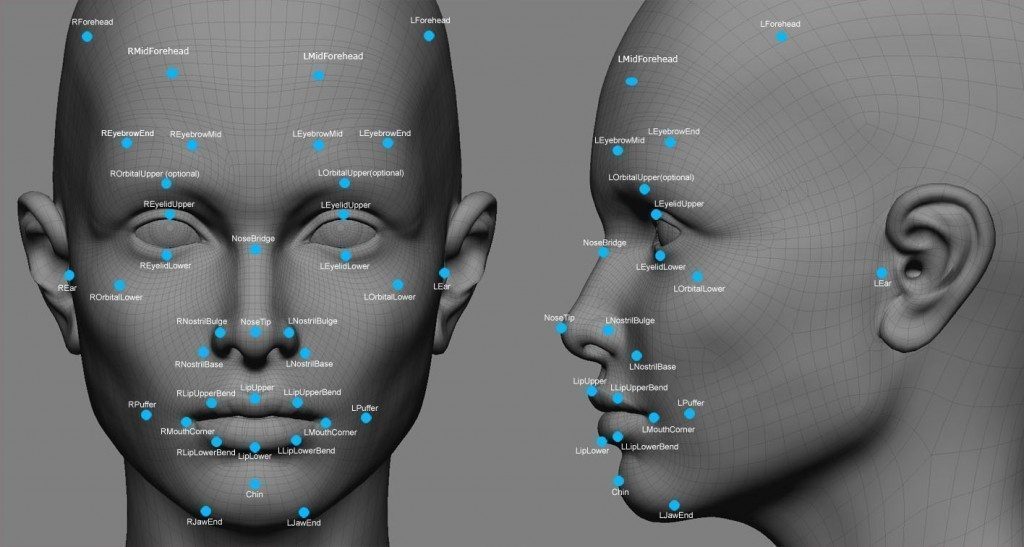It’s a trend that is quickly becoming accepted reality – biometric identification at U.S. airports. However, until now, it has been marketed either as an elective measure for preferred travelers who wish to expedite clearance or for inbound international travelers.
As I previously reported, U.S. Customs and Border Protection has a mandate that’s been 15 years in the making to integrate government databases for ID verification. Private companies have been enlisted to ensure that there is a “quick and easy roll out across U.S. airports,” according to Jim Peters, chief technology officer for SITA, one of the information technology companies working with airlines.
According to the Orlando Sentinel, British Airways has become the first in the nation to employ the new routine at Orlando International Airport, but all of the airport’s 25 international carriers are expected to adopt biometric processing in the near future:
The passengers had shown no boarding pass, passport or any other identification.
Instead, a U.S. Customs and Border Protection computer was comparing each traveler’s passport photo on file – or a visa photo of those not from the U.S. – with their newly captured portrait.
[…]
John Newsome, the airport’s chief information officer, said all of the airport’s 25 carriers with foreign flights and the two border checkpoints will be equipped for biometric screening through this summer.
The decision means spending $4 million on gates and high-definition cameras for departing and arriving international flights.
The technology is being touted as being “quick as a Google search for most passengers.”
As we know, however, privacy and data breaches have become as common as the days of the week, so I personally don’t feel reassured by the reference to Google when my biometric data is being harvested.
If you are a U.S. citizen, the plan is to dispose of the photos collected within 14 days and, according to CBP’s deputy director, “At some point in the future, that time frame is going to shrink, and photos of U.S. citizens probably won’t be kept at all,” Dan Tanciar stated.
If you are a foreign traveler, though, the data will “will be kept for 75 years.”
There also was mention of an opt-out for those who might not be comfortable with the process, but it was not specified if this applies only to U.S. citizens, or to international travelers as well. However, this suggestion seems to conflict with DHS statements about their plans for biometric ID at airports.
DHS issued an 18-page memo in June 2017 that can be read below which clearly documented their intention to implement mandatory facial recognition, even stating that “the only way for an individual to ensure he or she is not subject to collection of biometric information when traveling internationally is to refrain from traveling.”
But refrain only from airport travel? Probably not, because as we have seen with the TSA, airports may not be the final destination. Biometric ID is already spreading from planes, to trains, to events and to conferences. In the name of convenience and the promise of security, we are being converted into digital organisms that can be tracked, traced and databased across every meaningful area of human activity.
Have you traveled through a U.S. airport that has requested biometric ID? We’d love to hear your experiences in the comment section below.
Nicholas West writes for Activist Post. Support us at Patreon for as little as $1 per month. Follow us on Facebook, Twitter, Steemit, and BitChute. Ready for solutions? Subscribe to our premium newsletter Counter Markets.
H/T – MassPrivateI


The sad thing is that is not all that hard to fool this type of software. The proper use of a few make up tricks and a person will never be recognized as being in any data base and that’s all you really need. Plus these tricks can be “reworked” in a matter of seconds and you again become lost in the crowd.
I’ll look into that. Shame it has come to that. Plus I read that these systems are only at best 80% accurate, and worse just over 50%. That’s not great.
And I am sure that it is already a forgone conclusion that this will be such a success in the establishments eyes, that it needs to be implemented on all domestic flights and rail. Oh and entering shopping malls, schools etc etc.
I concur. It will soon be harder finding ‘blind spots’ then it will be harder actually being on camera.
Imagine that Anonymous hacks the database then shuffles the cross referencing queries.
The implementation of digital recognition at the airports for international passengers, will only be the beginning for all commuters of travel, to have their identities stored in a data base,whether it is for 75 years or not. I do not approve of my 4th. amendment right to privacy, be violated.
As much as I hate the U N,
don’t they have a “policy” somewhere in their “paperwork” that guarantees freedom of movement; and aren’t we signatories of that “paperwork”?
Of course I know the fact that we sign something doesn’t really mean *squatt*.